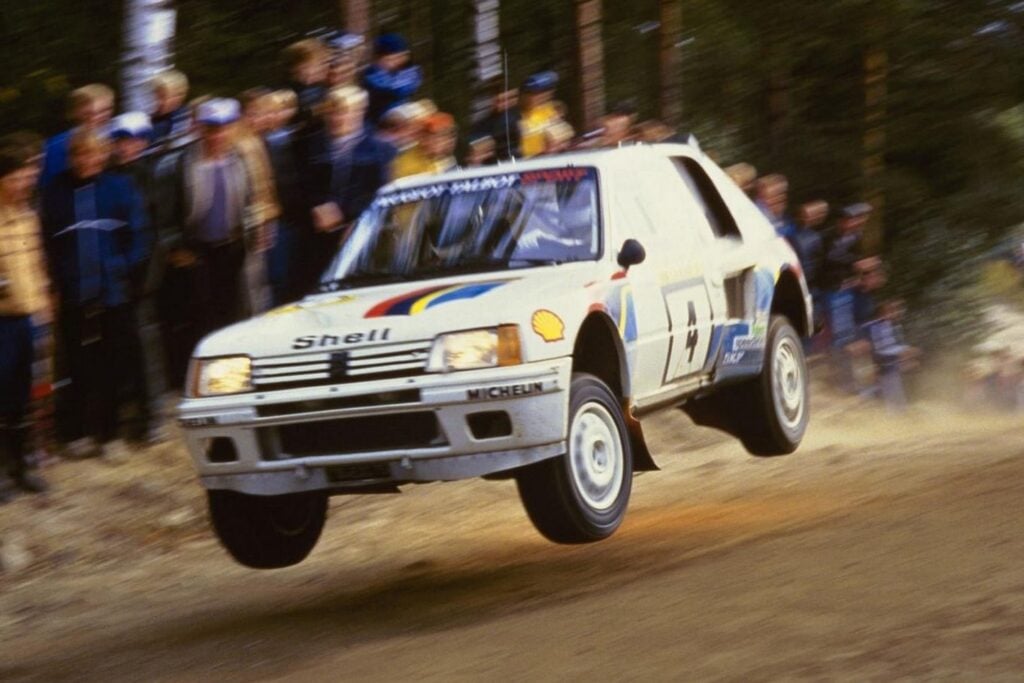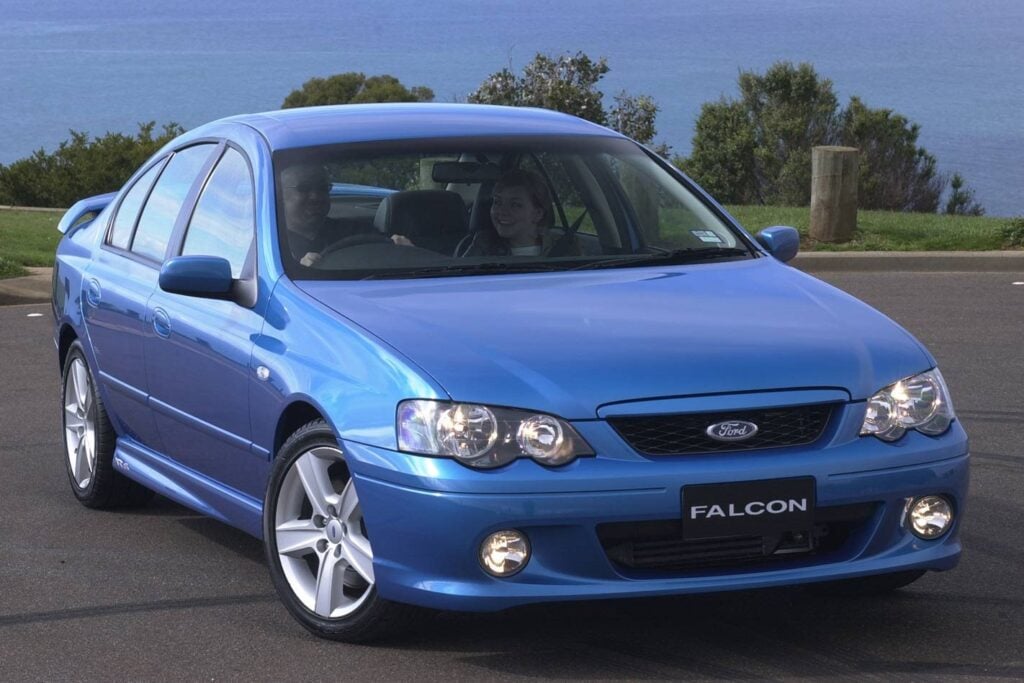Alfred Büchi had designed something he knew he couldn’t build. Frustrated by the feeble thermal efficiency of internal combustion engines, the Swiss engineer proposed in a 1905 patent a design for a “highly supercharged compound engine” utilising an axial compressor, radial piston engine and axial turbine on a common shaft. The problem was, he couldn’t make it reliable. Great theory, lousy in practise.
Due to a number of setbacks and rejections, Büchi took another two decades before he demonstrated a viable turbocharger prototype which boosted the efficiency of a diesel engine by 40 percent. By then, the lead in turbocharging technology had passed to America, where, in 1918, Dr Sanford Moss of General Electric hauled a Liberty V12 aircraft engine up the gravel road to the top of Pikes Peak in Colorado to demonstrate that at altitude, a turbo could boost power, in this case from 221hp to 356hp.
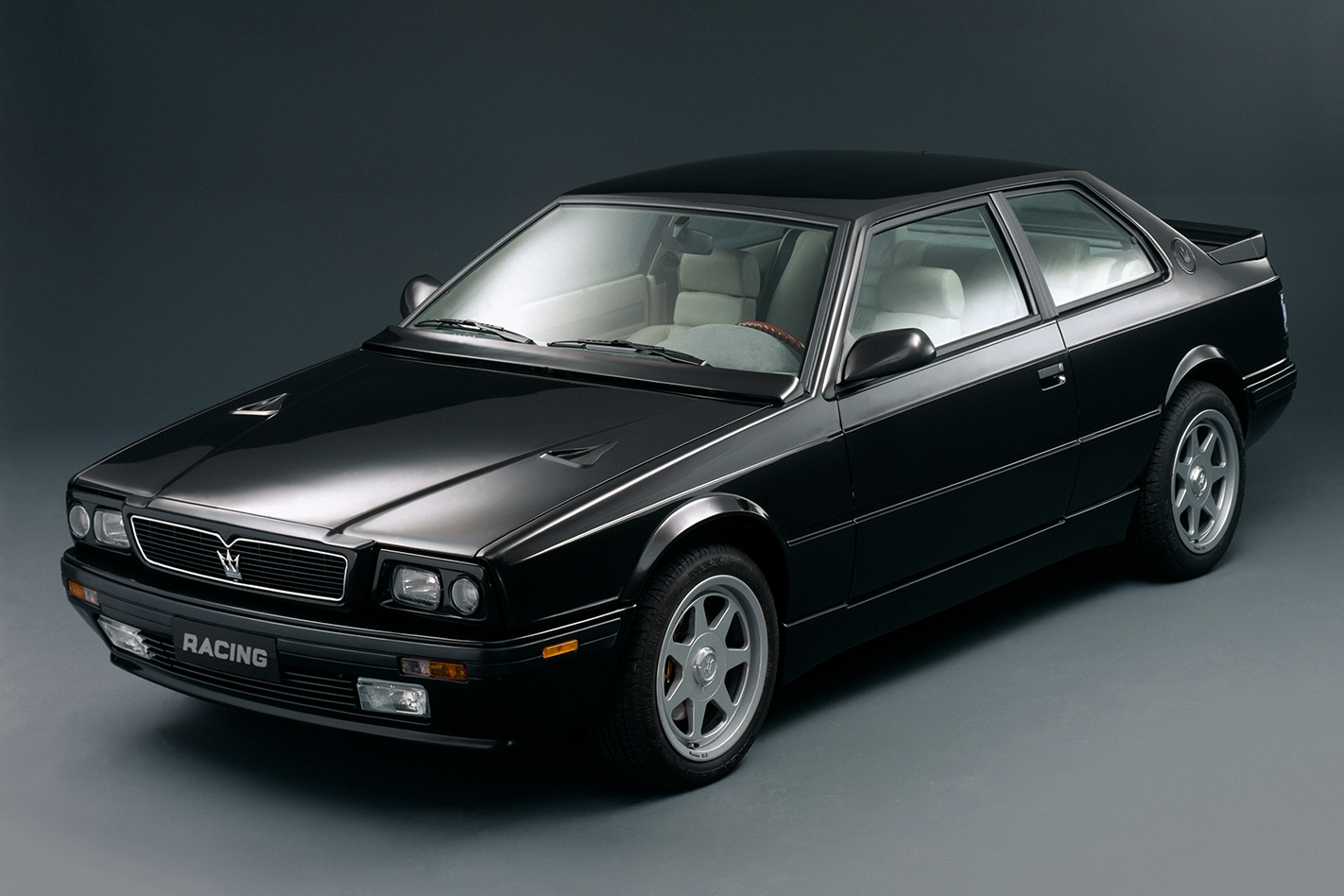
Several aircraft of World War II featured turbochargers, including the Boeing B-17 Flying Fortress, the Lockheed P-38 Lightning and – on the other side – the prototype Focke-Wulf Fw 190 with a forced-induction BMW V12.
The first production cars to feature turbocharging appeared at the start of the next decade. The Chevrolet Corvair Monza Spyder and the Oldsmobile Jetfire made their debuts in 1962. The turbocharged 215ci engine featured a Garrett turbocharger that lifted power to 215hp (an impressive one horsepower per cubic inch) but required a ‘Turbo Rocket Fluid’ tank, containing a mix of distilled water, methanol and a corrosion inhibitor to cool the combustion chamber and to prevent detonation in the 10.25:1 compression ratio engine.
It wouldn’t be too much of an exaggeration to describe the technology as a disaster. Although sales and reviews were initially favourable, the engine was plagued with problems. The F85 lump ran hot before a turbo was introduced, and the added heat and complexity of another 50 hoses and connections made it a liability. Owners complained that they had lost power, not realising that the turbo would be bypassed when the Turbo Rocket Fluid tank ran dry. More timid owners didn’t drive the car hard enough to generate boost (and thus lubricate the turbo’s compressor shaft), leading to frozen turbocharger assemblies over time.
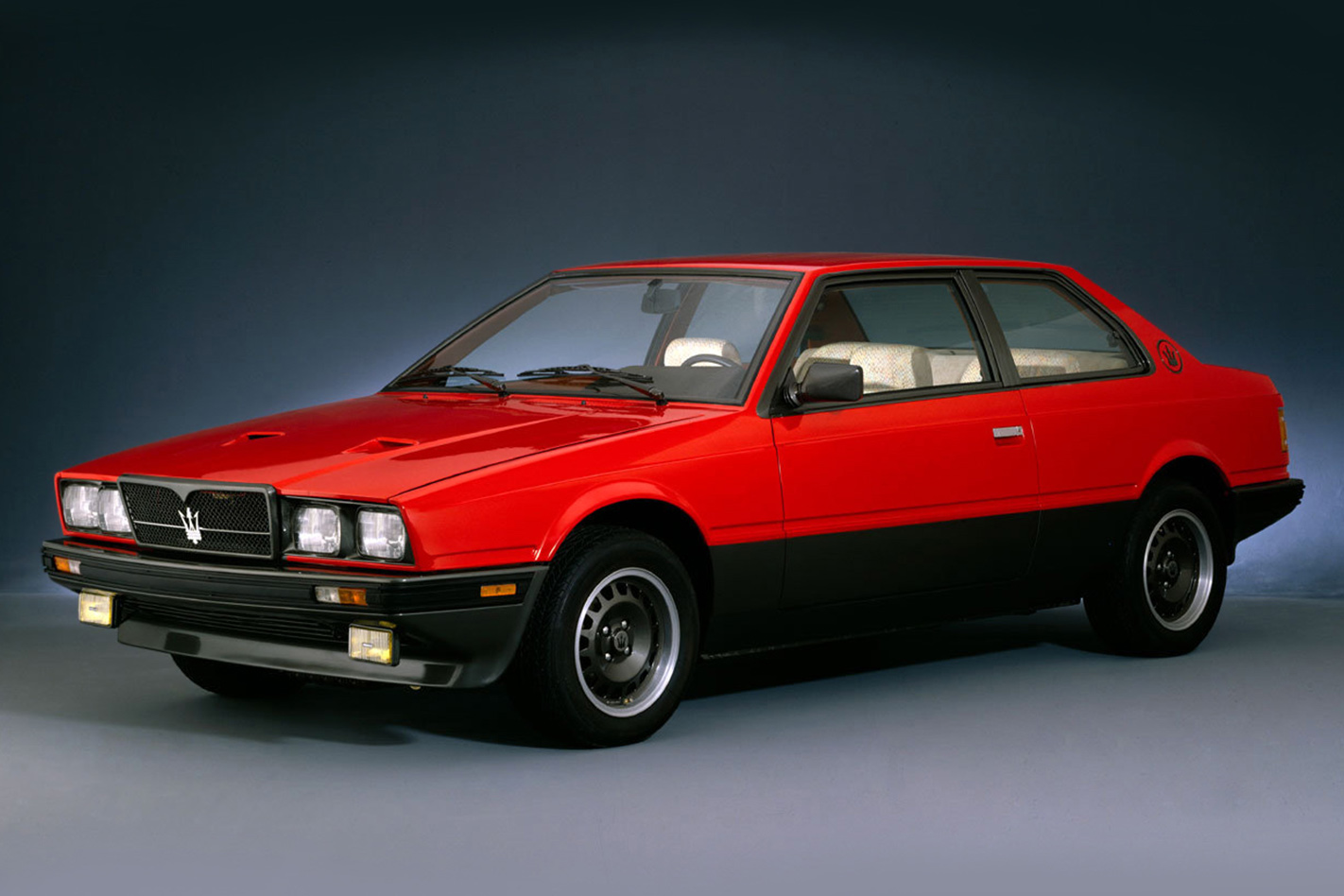
In response to these problems, in 1965 General Motors offered Jetfire customers a no-cost turbo removal, replacing it with a vanilla four-barrel carburettor and conventional intake and exhaust manifolds, solving the reliability and performance issues that had plagued it. Most owners took up GM’s offer. An original turbo Jetfire is now a rare beast.
That debacle chastened manufacturers, but American brands were again keen to embrace the technology in competition, an Offenhauser V8 winning the Indy 500 in 1968 using a Garrett AiResearch blower. Porsche’s 917/10K became the first turbocharged car to win CanAm in 1972.

At the Frankfurt motorshow in 1973, right at the start of the first oil crisis, the BMW 2002 Turbo was presented. With 127kW/240Nm it offered serious performance for such a compact car but it was a case of the right tech at the wrong time. It was withdrawn within two years after only 1672 sales.
Porsche finally succeeded in realising the turbocharger’s potential in a production car. Its 930-series 911 Turbo of 1975 was initially a homologation exercise to legitimise its turbocharged Group 4 and Group 5 racers, but the 191kW/329Nm 911 Turbo rapidly became popular among enthusiasts, despite its notoriously tricky handling. Ernst Fuhrmann’s adaptation of the 917/30 CanAm car’s turbo technology, with a single KKK puffer, created a flagship road-going 911 that has persisted for more than four decades. So prestigious is the ‘turbo’ designation within Porsche that it even appears on the back of hot versions of Taycan electric vehicles; cars which clearly have no such hardware.
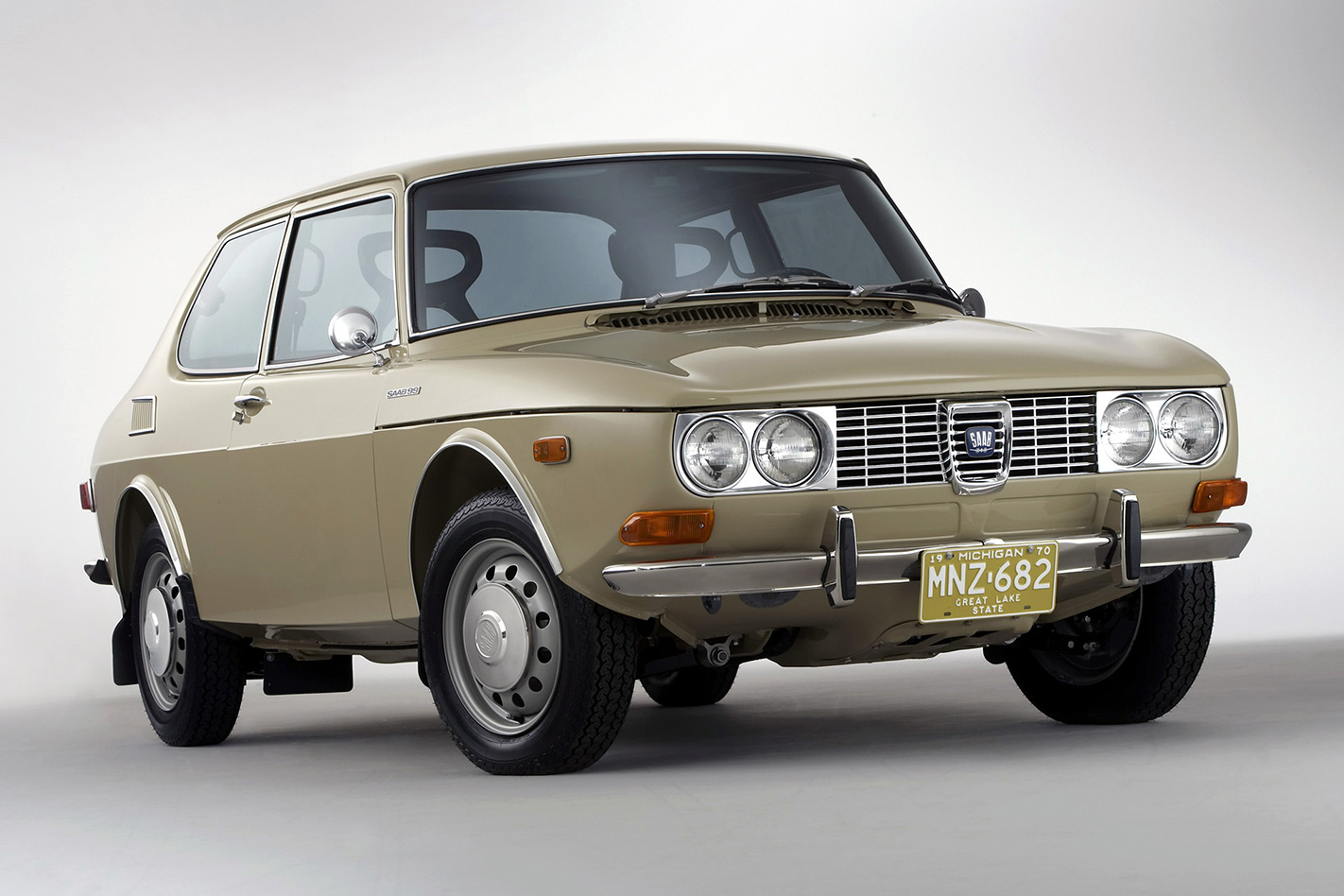
Saab can claim credit for democratising forced induction with its 99 Turbo of 1978, and Mercedes-Benz introduced the first production turbodiesel with the 1978 300SD. Maserati pioneered twin turbos in the 1981 Biturbo, although in ‘81 Legend Industries developed a twin-turbo set-up for the Delorean DMC-12’s asthmatic 2.8-litre lump. Thus equipped it would make 60mph (97km) in 5.8 seconds.
Since then, it’s been a case of refining the technology. Honda’s Legend Wing Turbo introduced the variable-geometry turbo in 1988, and in 1991 Bugatti was the first to develop a quad-turbo installation, the carbon-chassis EB110 being the recipient of that piece of perfect plumbing. Three sequential turbos then made an appearance in 2012 beneath the bonnet of BMW’s M550d xDrive.
Such is the acceptance of the technology that a naturally aspirated car now seems a quirk, an outlier. We’re a population grown accustomed to the rush of boost and while we don’t tend to thank the Swiss for much in the motoring world, in this regard Alfred Büchi, and a tiny alpine nation, have conquered the world.
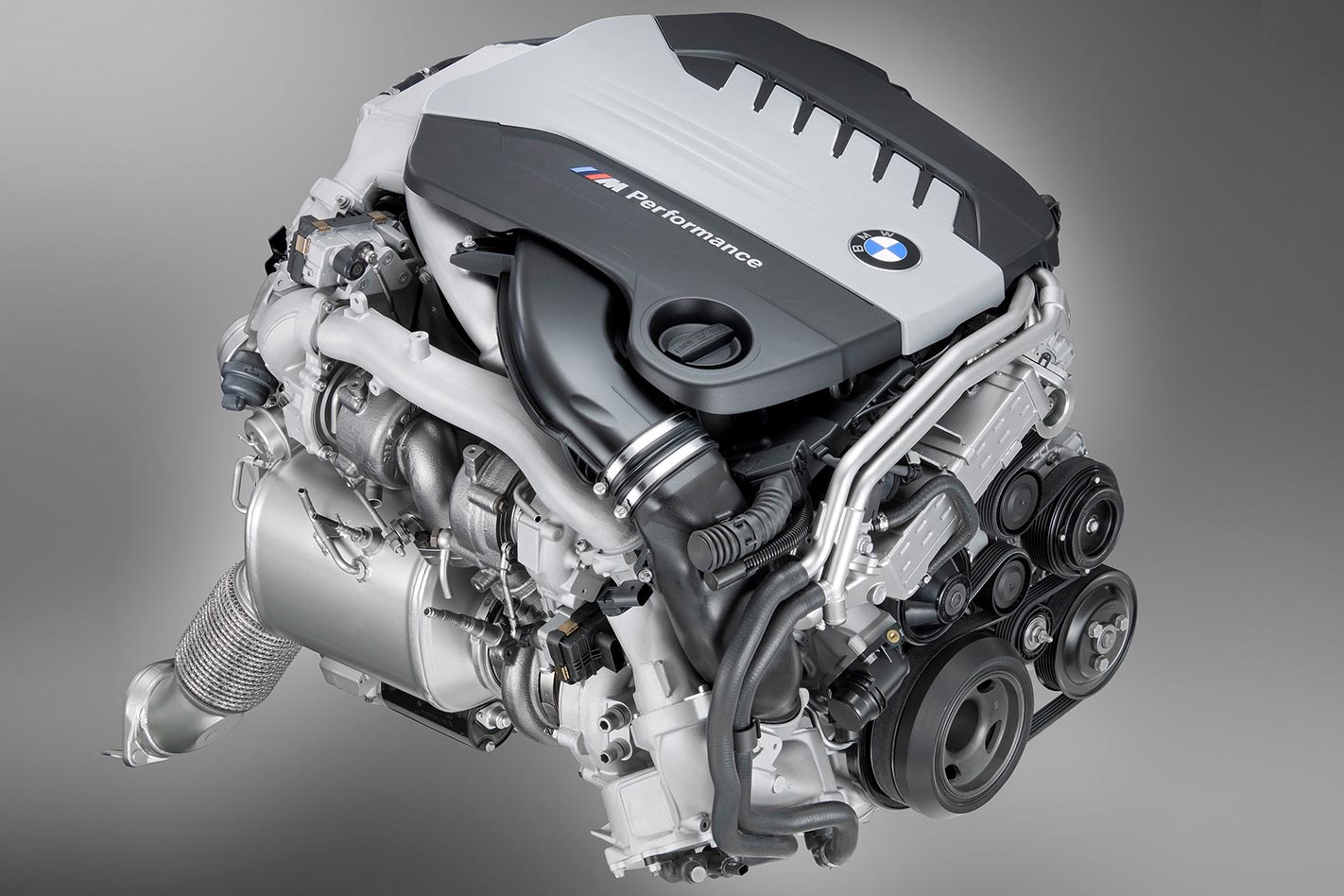
A TIMELINE OF TURBO DEVELOPMENT
1905: Swiss engineer Alfred Büchi visualises the turbo concept. Can’t build it reliably
1918: Altitude tests of turbo tech atop Pikes Peak, Colorado a success
1942: US-built P-38 Lightning’s pair of turbo and superchargers made it stealthily quiet and high altitude capable
1962: Oldsmobile Jetfire first production turbo car. It’s a disaster plagued by issues
1968: First Indianapolis 500 win for a turbo car. Next 28 Indy victories all come with forced induction
1975: Porsche launches 911 Turbo. Became the quickest car of the 1970s, getting to 60mph in 4.9sec
1978: Saab’s 99 Turbo makes turbo power more affordable. Wheels described it as “brilliant, exciting and thrilling”
1981: First twin-turbo production car, the Maserati Biturbo appears, heralding a decade when the turbo captured the performance-car zeitgeist
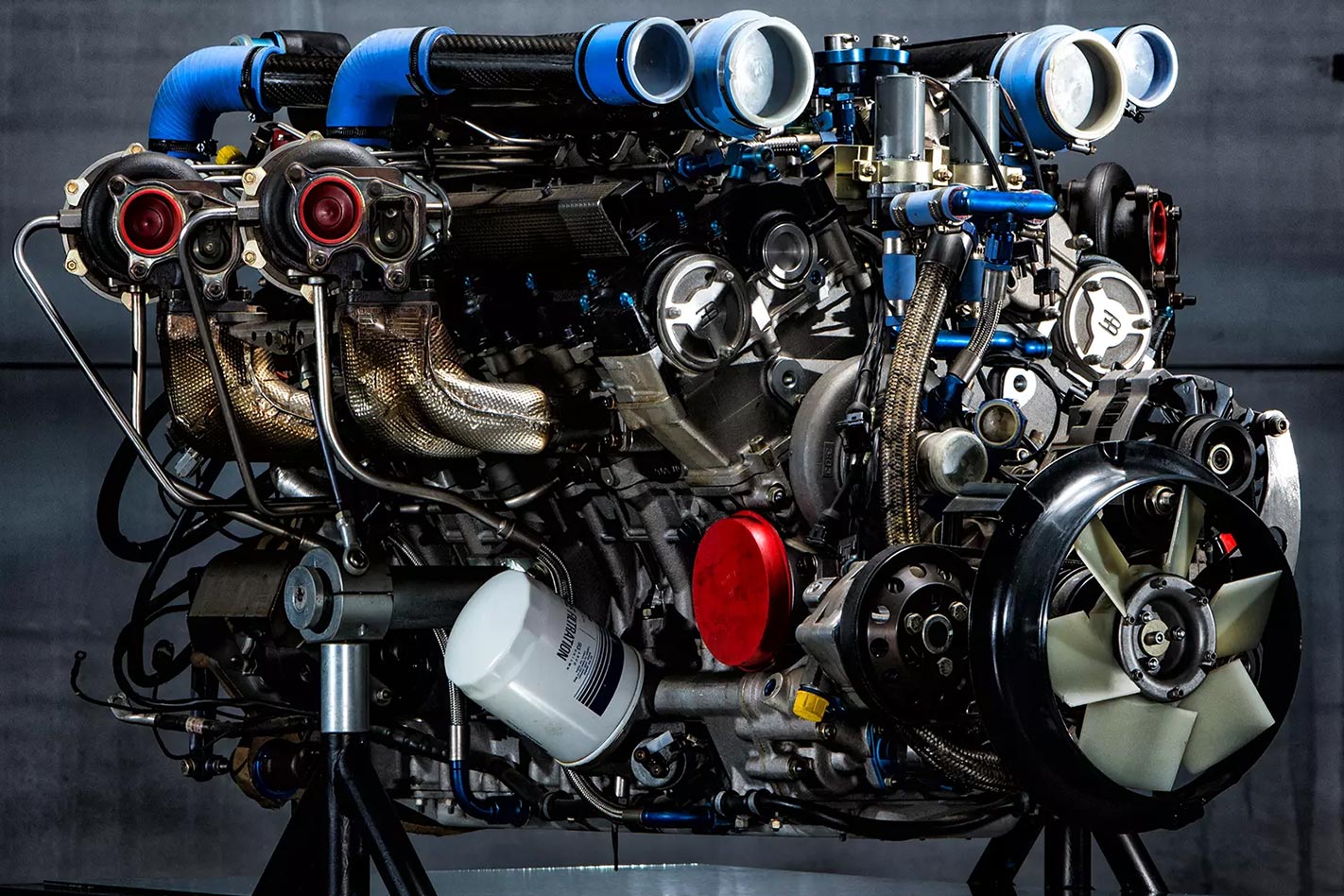
1991: Four turbos? Why not. Bugatti’s EB110 engine (above) was an astonishing technical achievement. 60-valves and 12 ITBs? Go on, then
2013: BMW manages to make three turbochargers work sequentially
2020: AMG reinvents the science of boost with a new style of e-turbo
 Turbo Titans
Turbo Titans
Everything you’ve ever wanted to know about the humble turbocharger and its miraculous power-boosting abilities.





